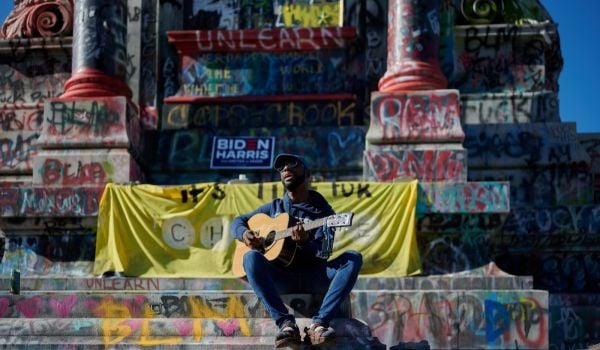The charred remains of the QuikTrip convenience store and gas station at West Florissant Avenue and Northwind Estates Drive in Ferguson, Mo., will likely become just another vacant lot in a few months’ time. After serving as the focal point for nightly demonstrations in the wake of the fatal shooting of Michael Brown by Ferguson police, the QuikTrip was closed off to public access by its owner on Aug. 19th. Its gas tanks were drained and removed, and a chain-link fence now keeps would-be memorialists and demonstrators out.
Whether this site becomes just another memory, like so many instant memorials to those gunned down on the streets of America’s cities eventually do, or turns into a historic landmark is a question the historians will likely answer. But they won’t necessarily have the final word, as the fate of a number of other sites with significance in our recent history of protest and political turmoil demonstrates.
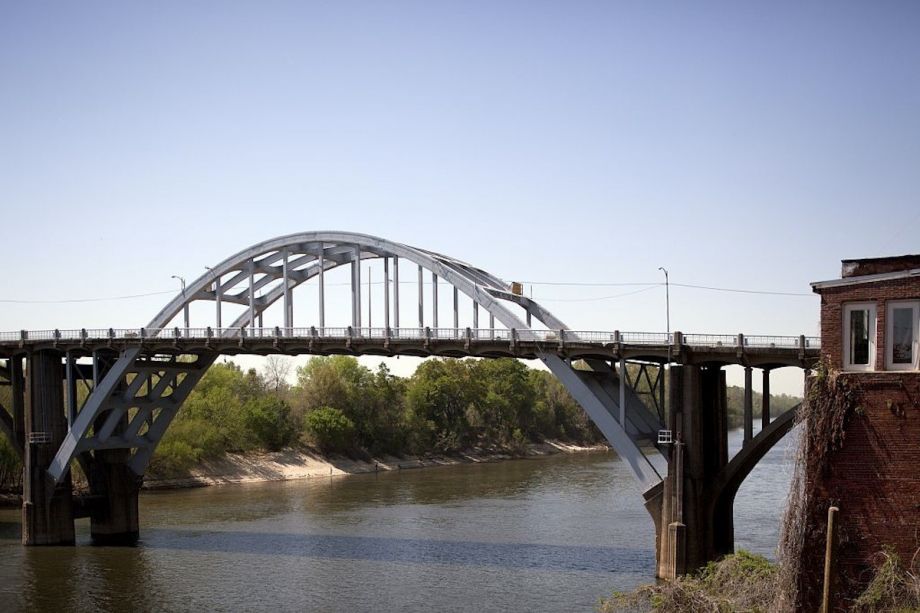
(Photo by Carol M. Highsmith)
Site: Edmund Pettus Bridge, Selma, Ala.
Significance: Scene of “Bloody Sunday,” the attack by Alabama state police on civil rights marchers headed from Selma to Montgomery in a peaceful protest against segregation.
Currently: Still in place, serving its original function.
The Edmund Pettus Bridge was built in 1939-40 to carry U.S. 80 across the Alabama River at Selma, but it is forever associated with the Civil Rights Movement thanks to the “Bloody Sunday” incident. In 1996, the bridge became part of the Selma-to-Montgomery National Historic Trail, a Congressionally designated All-American Road; in 2013, the bridge was designated a National Historic Landmark.
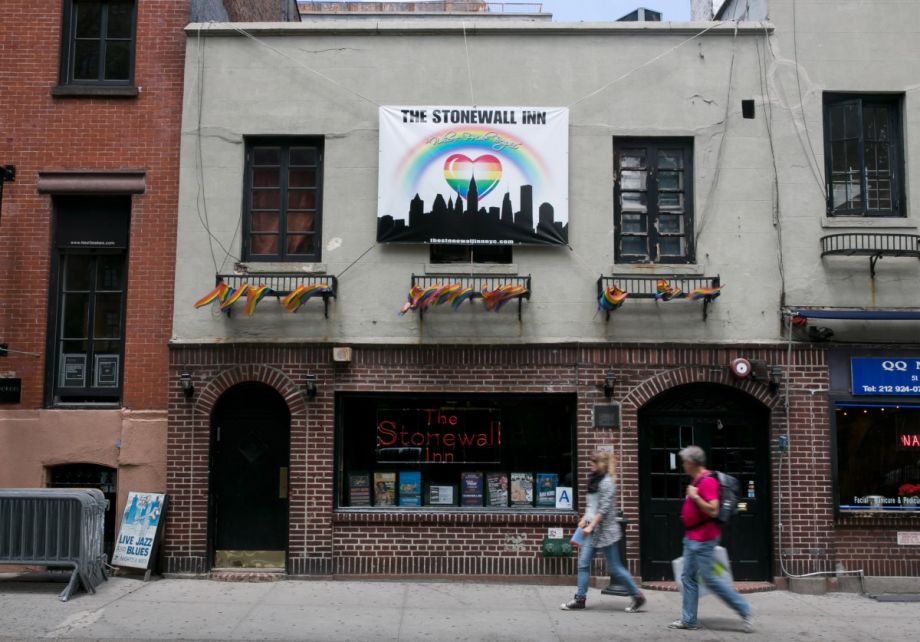
(AP Photo/Richard Drew)
Site: Stonewall Inn, New York City
Significance: Site of the Stonewall riots, considered the birth of the modern gay-rights movement.
Currently: A bar once again, under its historic name.
Though there had been previous gay-rights demonstrations, including pickets at the White House and annual July 4th marches in front of Philadelphia’s Independence Hall, none had the impact of the riots that took place over five nights in June 1969 after patrons of the Stonewall Inn, fed up with police harassment, fought back when police raided the bar on June 28th to enforce liquor laws and arrest transvestites. The raid quickly spun out of control as patrons first refused to cooperate with police, then trapped the hapless cops inside the bar while throwing anything they could get their hands on through its windows. Newly formed activist groups called for a boycott of the Stonewall, and by October 1969, it had closed for good.
Over the next two decades, a succession of businesses occupied the buildings at 51 and 53 Christopher Street that had housed the bar; new owners renovated the building and reopened the bar in 2007, rechristening it with its original name, the Stonewall Inn. The bar, Christopher Park across Christopher Street, and the streets adjacent to them were designated a National Historic Landmark in 2000. Earlier this year, Interior Secretary Sally Jewell chose the Stonewall Inn as the spot to announce the National Park Service’s plan to “ensure that we understand, commemorate and share [LGBT history] in our nation’s complex and diverse history.”
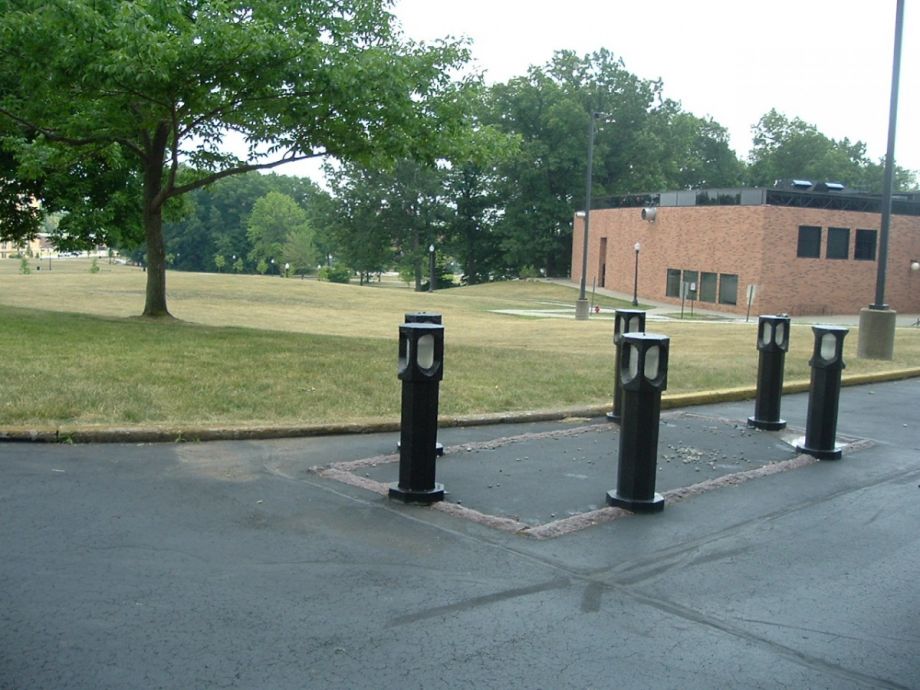
(Photo by Mws77)
Site: Kent State University Commons, Kent, Ohio
Significance: Scene of the Kent State massacre, in which National Guardsmen fired on students protesting the Vietnam War on May 4, 1970, killing four.
Currently: Preserved intact, with a new interpretive visitor center in a campus building overlooking the site.
Lit metal bollards and paving stones frame a rectangle in a driveway leading to a parking lot near the center of the Kent State campus. These mark the place where a Kent State student grieved over the lifeless body of Jeffrey Miller, one of four students shot dead by Ohio National Guard troops trying to disperse a Vietnam War protest, in one of the most searing images from the anti-Vietnam protest era. Now, visitors to the campus can tour interpretive exhibits recalling the events of May 4th at Kent State’s May 4 Visitors Center, opened in 2013 in Taylor Hall, one of two campus buildings overlooking the Commons protest site. The site was added to the National Register of Historic Places in 2010.
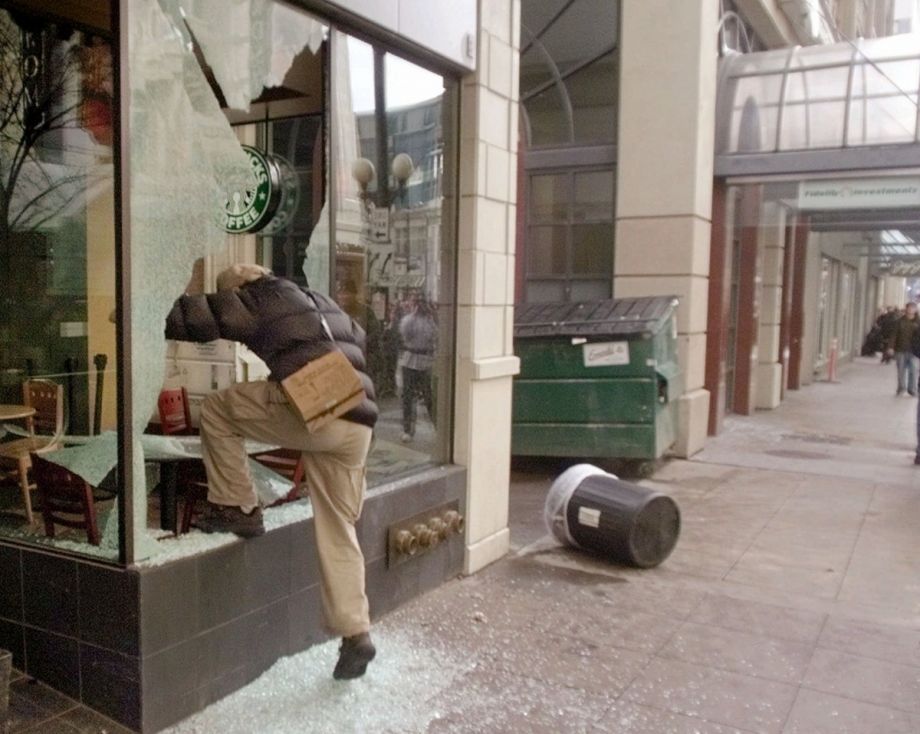
(AP Photo/Stephan Savoia)
Site: Washington Convention Center, Seattle, Wash.
Significance: The convention center and the streets leading to it were the scene of confrontations between Seattle police and demonstrators protesting against the World Trade Organization; the confrontation became known as the “Battle in Seattle.”
Currently: The streets where the demonstrations took place remain open for public travel, and no commemorative markers have yet been erected.
The more than 40,000 demonstrators who filled the streets of downtown Seattle on Nov. 30, 1999, did something rare in the history of protests: They successfully prevented a meeting from taking place. By blocking off the streets leading to the Washington Convention Center, they prevented delegates from reaching the opening session of the World Trade Organization’s 1999 Ministerial Conference, which was to have been the start of a new round of talks on liberalizing global trade. The Seattle Police Department got a black eye for its handling of the protests, a task for which police chief Norman Stamper admitted it was unprepared. (When Ferguson, Mo., police made headlines last month, Stamper talked to the media about the militarization of the police.) The Seattle protests put “globalization” on the national media agenda and launched a wave of scholarly analysis. The city has documents and photos related to the WTO protests on its municipal archives website, but visitors to the Emerald City will find no physical reminders of the pitched street fights that took place in 1999.
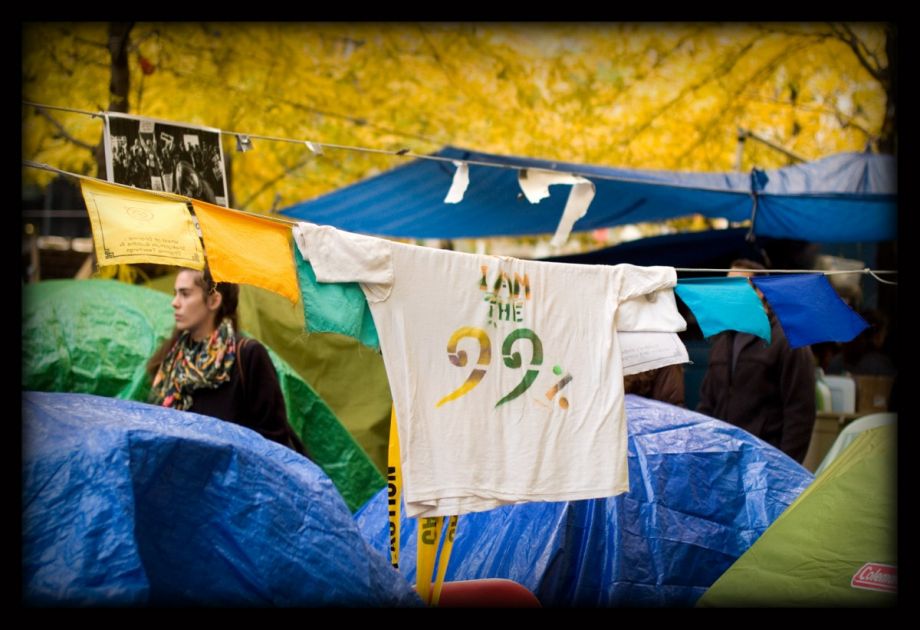
(Photo by Debra M. Gaines)
Site: Zuccotti Park, New York City
Significance: The site of the 2011 “Occupy Wall Street” encampment.
Currently: Now, as then, the site remains a privately managed park open to the public, with some use restrictions implemented after the Occupiers were removed.
You could call the Occupiers the spiritual children of the WTO protesters, as they too were angry over policies and practices that had the effect of concentrating wealth and power in the hands of a few. The stubbornness of the recession that began with the bursting of the housing market bubble in 2008 added fuel to their fire, which was lit on Sept. 17, 2011, when protesters set up camp in Zuccotti Park to air their grievances. (The park was the third of three sites the protesters had chosen as a gathering place; police had blocked off access to the other two, Chase Manhattan Plaza and Bowling Green Park.)
The Occupiers set up a self-governing community to guide decisions, and their protest was peaceful throughout, but documents that surfaced after New York City police cleared Zuccotti Park of demonstrators on Nov. 15, 2011, revealed that officials had been keeping tabs on them as part of a terrorist watch. Zuccotti Park’s owner, Brookfield Office Properties, has enforced a rule against overnight camping on the site ever since, with police successfully preventing several attempted re-occupations of the site, but occasional protests and commemorations of the original Occupy encampment still take place periodically at the park.

Next City contributor Sandy Smith is the home and real estate editor at Philadelphia magazine. Over the years, his work has appeared in Hidden City Philadelphia, the Philadelphia Inquirer and other local and regional publications. His interest in cities stretches back to his youth in Kansas City, and his career in journalism and media relations extends back that far as well.
Follow Sandy .(JavaScript must be enabled to view this email address)


